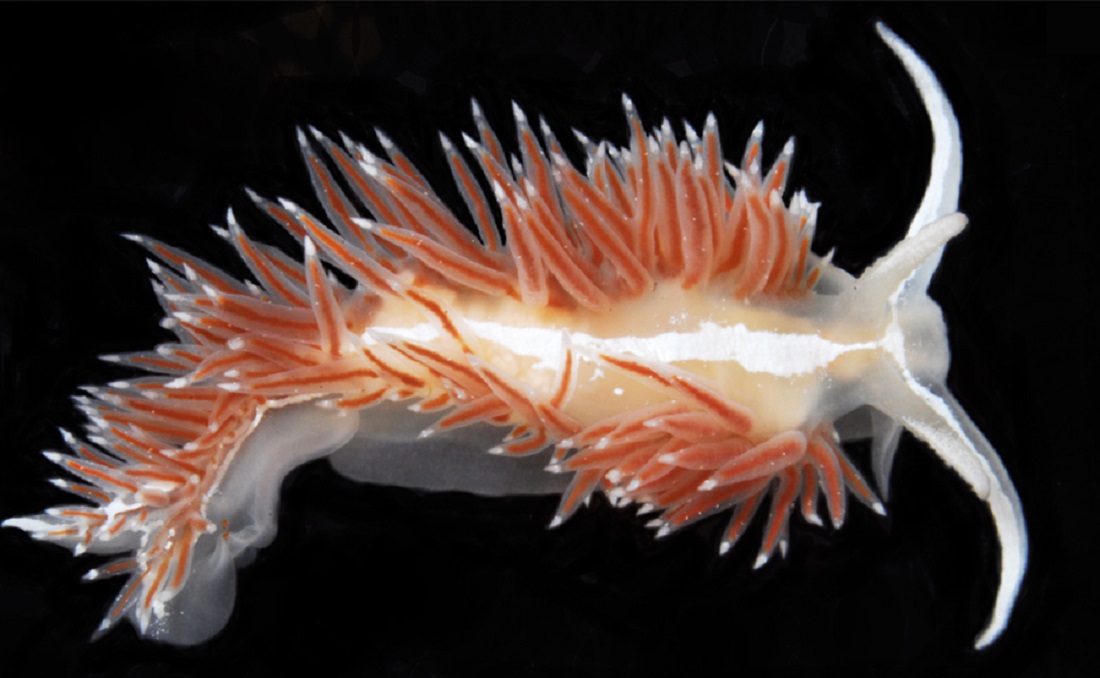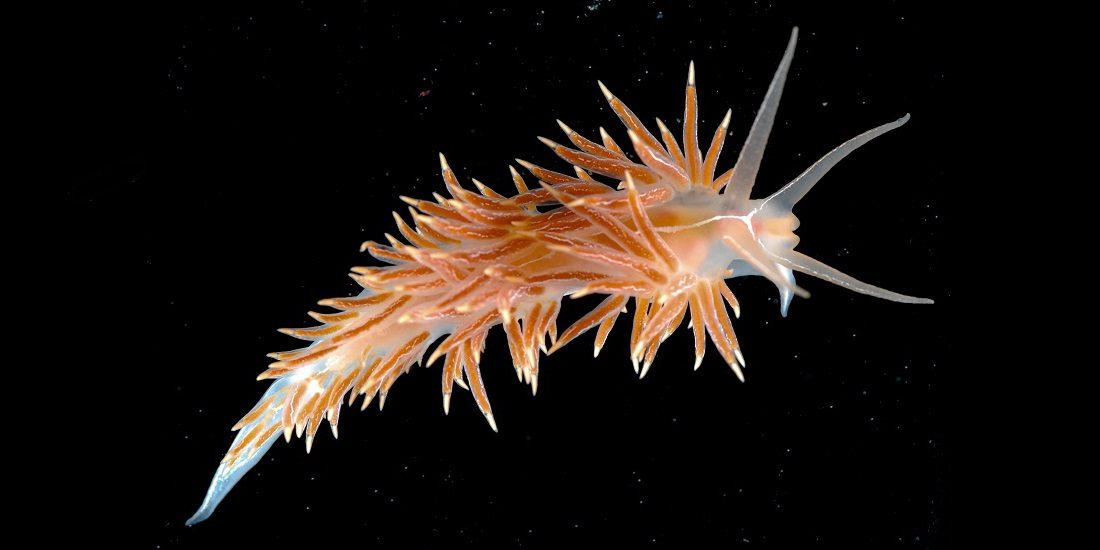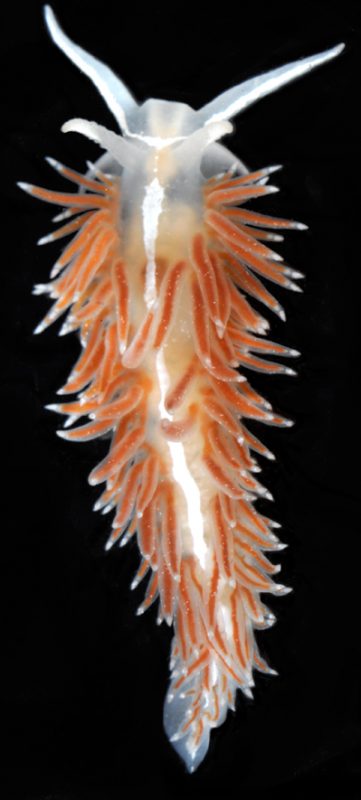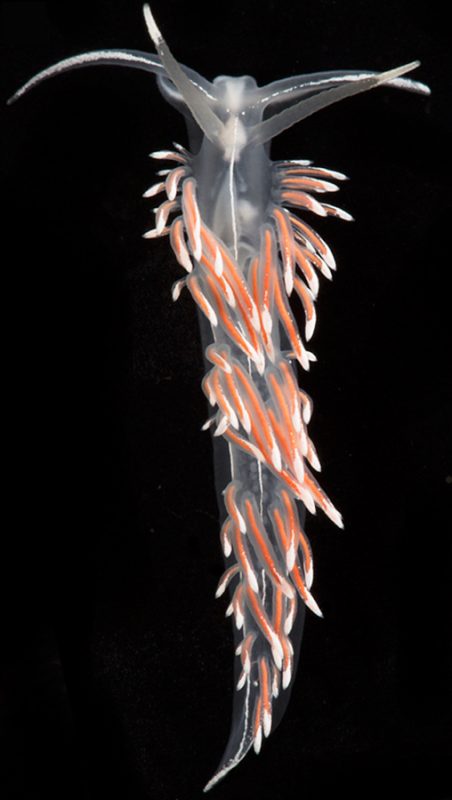Citizen scientists get new slugs named after them
Scientists honour citizen science helpers when naming several species new to Norway.
Folks at the NTNU University Museum in Trondheim seem to be finding new species all the time, but new genera and families don’t pop up as often.
The museum’s staff and partners present some of their latest finds – of slugs – in the online journal ZooKeys.
Slugs (Nudibranchia) are often both beautiful and quite easy to find for people who know what to look for. But identifying their species and classifying them correctly can be trickier. The classification of nudibranchs has had quite a lot of gaps.
You won’t find too many sea slug experts around, but some of them can be found at NTNU University Museum. The comprehensive journal article introduces not only new species and genera, but also several new families.
“The classification of this large group is rearranging everything. I don’t think I’ll have the opportunity to describe new families again in my career, so this is a bit special,” says Associate Professor and Head of Department Torkild Bakken at NTNU’s Department of Natural History.
- You might also like: New sea slug species found in northern waters
Named for helpers
The new possibilities offered by DNA analysis enable one species to be turned into several. The slug that used to be called Flabellina lineata had a lot of variations – which might not be so strange given that it’s actually at least four species from two different genera.
The two new genera are Fjordia, named after Norwegian fjords, and Gulenia, named after the Gulen Dive Resort in Norway’s Sognefjord.
“The Gulen Dive Resort and their Nudibranch Safari event have been central to the research we’ve done on slugs in Norway in recent years. Now we’re honouring them by naming several species after them. And not just species, but a whole genus in fact,” Bakken writes in his nudibranch blog.
Article continues below photo.

Gulenia orjani was named after Ørjan Sandnes at the Gulen Dive Resort. Photo: Alexander Martynov, NTNU
Four new names
Bakken says that the work of exploring the biodiversity of the genus known as Flabellina is complete and has resulted in the following species:
- Fjordia lineata is the old species, which now has been described anew. S. L. Lovén first described the species in the (almost Norwegian) Swedish province of Bohuslän in 1846.
- Fjordia chriskaugei is a whole new species for science. It was named after Christian Skauge, who initiated the Nudibranch Safaris and has since been a driving force for them. Finding and identifying nudibranchs has been sole goal of the safaris.
- Gulenia monicae is also a brand new species. It was named after Monica Bakkeli, one of the owners of Gulen Dive Resort, who has made important contributions to the nudibranch safaris. She co-owns the diving centre with Ørjan Sandnes, which leads to the name of the next nudibranch.
- Gulenia orjani was named after Ørjan Sandnes, the other owner of Gulen Dive Resort. This species is very similar to Gulenia monicae with a broad white line along its back.
Citizen science
“Citizen science has been at the core of all the work we’ve done at Gulen Dive Resort over the years,” writes Bakken. “We’ve had the benefit of highly committed and skilled observers and underwater photographers.”
Many more people have participated in the work for several years, including Bjørnar Nygård, Erling Svensen, Klas Malmberg, Tina Malmgren and Jørn Ari. Perhaps we can expect even more news of slugs from them in the future.
Source: Nakensneglbloggen [Nudibranch blog by Torkild Bakken] (in Norwegian)
Korshunova T, Martynov A, Bakken T, Evertsen J, Fletcher K, Mudianta IW, Saito H, Lundin K, Schrödl M, Picton B. 2017. Polyphyly of the traditional family Flabellinidae affects a major group of Nudibranchia: aeolidacean taxonomic reassessment with descriptions of several new families, genera, and species (Mollusca, Gastropoda). ZooKeys 717:1-139. doi: 10.3897/zookeys.717.21885







